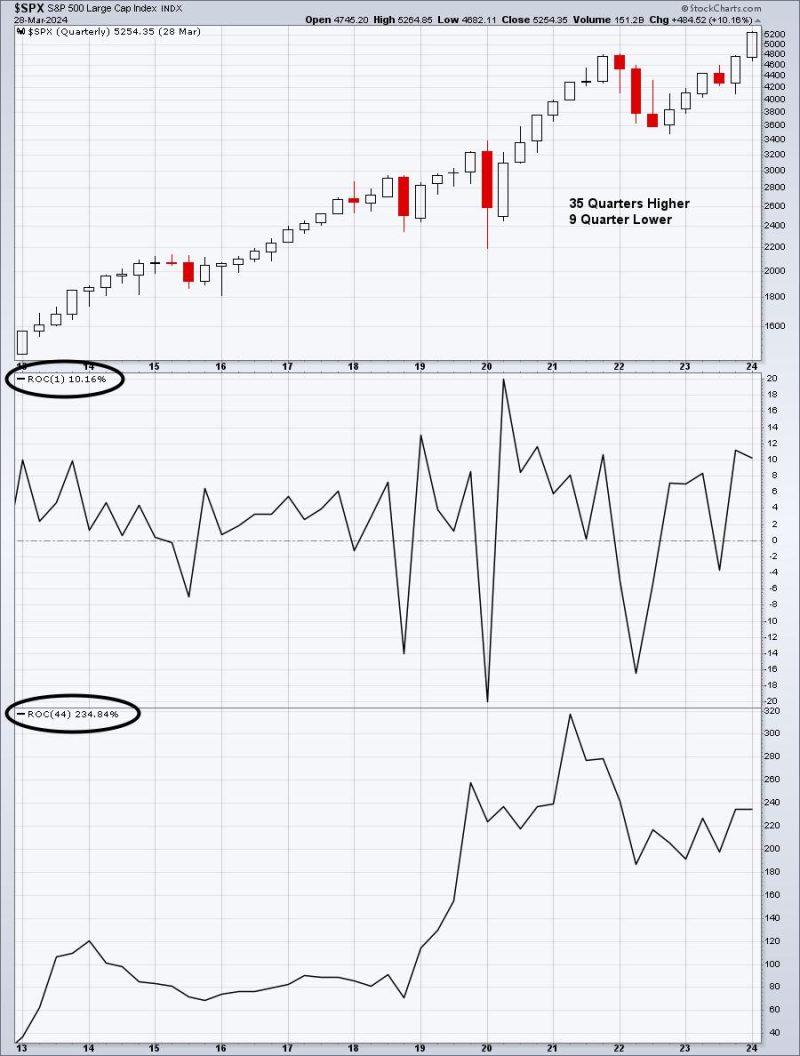The roller-coaster-like nature of the stock market is nothing new to seasoned investors. However, the first quarter of the year brought with it an intriguing twist: an explosive boom in the small cap sector. This surge in activity placed small caps firmly in the spotlight, transforming them into the vanguards of the financial market.
To truly grasp the magnitude of these ‘small cap attacks,’ it’s essential first to understand what small cap stocks denote. Small cap, short for small capitalization, refers to companies with a market value ranging between $300 million and $2 billion. They’re seen as ideal investment opportunities due to their promising potential for growth and their relative rebellion against market trends.
Over the first quarter, these underdogs stole the show by outperforming their larger counterparts. Their rise was notable in various sectors, with one sector, in particular, spiraling into a crescendo that drew the attention of investors globally – the Biotechnology sector. It’s worth scrutinizing this sector further to understand its dominant march skyward.
Biotechnology stocks, particularly small-cap biotech stocks, monopolized headlines with their meteoric rise. The reason behind this turbocharged performance was manifold. Firstly, many of the small-cap biotech companies are engaged in developing solutions for some of the world’s most pressing health problems – from chronic diseases to pandemics. These firms are thereby scoring high on investor appeal, leading to their share prices catapulting to new heights.
Secondly, the regulatory scenario has turned more favorable for small-cap biotech companies. Simplified rules and a shorter approval process have given a considerable boost to these firms. As a result, they can bring their drugs to market faster, delivering quicker returns on investments.
Furthermore, advancements in technology have allowed these smaller players to compete on an almost equal footing with their larger counterparts in the biotech space. Machine learning and artificial intelligence enable them to streamline their operations, cut costs, and enhance the efficacy of their drug discovery and development processes, generating promising results that allure investors.
Lastly, the pandemic has accentuated the importance of the biotech field. With worldwide efforts to curb the pandemic, investors have developed a keener interest in the biotech sector, leading to greater investments in it. This sudden upsurge in demand has had a snowball effect on stock prices, causing a vertical spike in the sector.
However, like any other investment option, small-cap stocks are not without their risks. Their rise can be as spectacular as their fall. Therefore, while the perky performance of small caps, especially in the biotech sector, marks an exciting development, investors must exercise due diligence in their investment choices. It’s crucial to not get carried away by the trends but, instead, base decisions on thorough research and a nuanced understanding of the sector.
In conclusion, the Q1 dominance of small-cap companies, specifically within the Biotech sector, opened up a new avenue for investors. While it’s unclear whether this trend will continue, it’s certainly worth following closely. By doing so, one could find lucrative investments and possibly turbocharge their portfolio. This small cap attack underlines the dynamism of the stock market – a space that stays as unpredictable as it is profitable.




